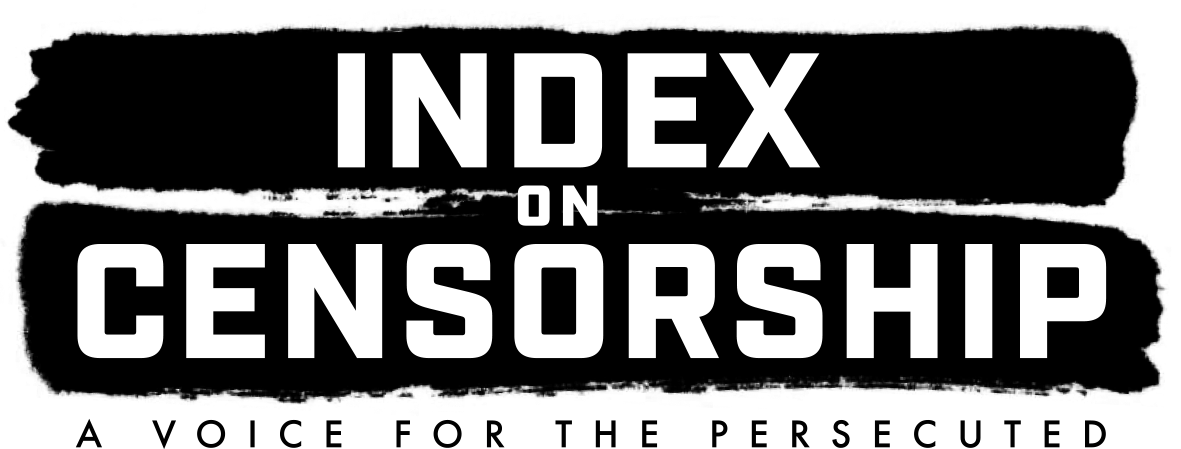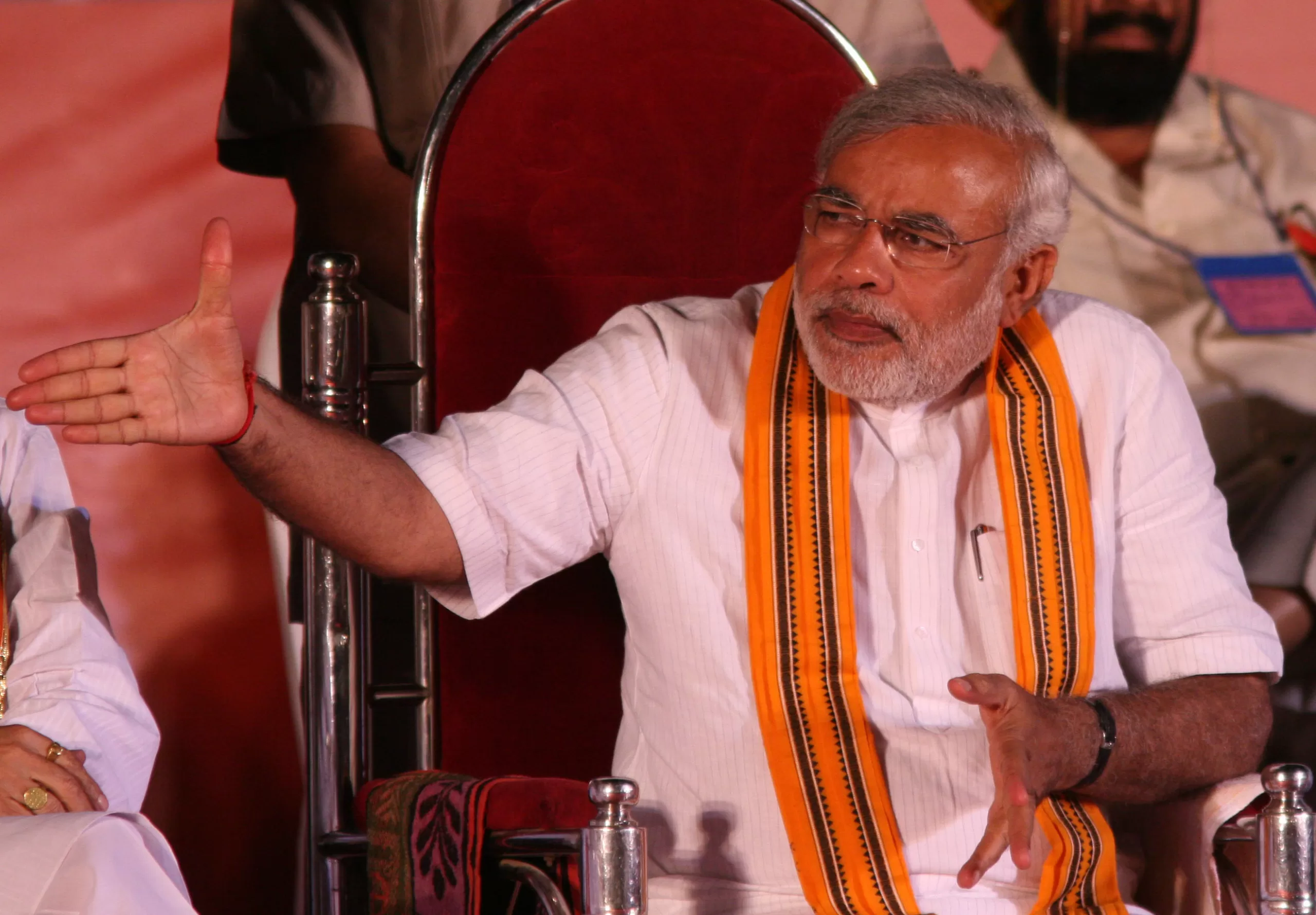The dramatic wave of demonstrations inside Burma in 1988 (popularly known as the 8888 Uprising) took place amidst a virtual media vacuum. The dearth of real-time historical documentation of events clearly attests to this fact. The stories of those who fell in the face of bullets were left largely to be told at a later date. Still today, there is no accurate information on the number killed or disappeared as a result of the government’s heavy handed reaction.
Less than a year after the 1988 uprisings in Burma, Lhasa, Tibet, witnessed the largest demonstrations against Chinese rule since occupation by Chinese forces in 1959. An estimated 40,000 inhabitants of the ancient city were forcefully relocated in the wake of the three-day long mass uprising. By any account, a gross violation of human rights. Try finding real-time media accounts of this important period of Tibetan history.
Yet the current protests in Burma that began on 19 August, though on a drastically smaller scale than those of 1988, are subject to a relentless barrage of media exposure – owing largely to the empowerment of the civilian population and small, independent media and information organizations taking advantage of technological advances. For instance, the Assistance Association of Political Prisoners (Burma) regularly updates the profiles and fates of those detained by the regime in ongoing crackdowns on protestors and dissidents. And if demonstrations were to wreak havoc in Lhasa, a similar phenomenon would likely manifest itself.
In a nutshell, this is precisely why Time magazine awarded its ‘2006 Person of the Year Award’ to… ‘you’. The award acknowledged the empowerment of the individual as a result of advances in technology, specifically those of a digital nature.
‘It’s about the many wresting power from the few and helping one another for nothing and how that will not only change the world, but also change the way the world changes,’ reads an excerpt from Time’s lead article explaining the selection.
The fact that ‘civilian journalists’ and independent media are coming to prominence in the coverage of the 2007 Burma protests is not proof of an exceptionally dynamic Burmese population, rather it is evidence of the lack of mainstream media options effectively servicing the ostracized country. The Burmese population, in conjunction with media outlets operating largely outside the country, is but playing its role alongside the global consumer, a role made possible largely as a result of the great strides in technological innovation.
Through the advent of ‘digital democracy’, local knowledge has become global knowledge.
And it is accurately coined a form of democracy, no less so than the mechanical routine of casting a vote in a ballot box. Each time an individual takes advantage of media technology they are capturing the world in which they live, the way they want to capture it. By electing to capture a flawed image, they can also be construed as casting a vote for change. The message is also one of here and now, and thus much more tangible to a 21st century world enamored with the present.
‘They’re [communications technologies] anti-authoritarian, because authoritarians control societies by their ability to control access to information,’ responded Professor Francis Fukuyama to a question regarding the democratizing influence of information technology during a Closer to Truth panel discussion.
‘So if people can get information on their own simply by dialing up a computer, then we have ways of getting around hierarchies. The Internet helps to spread power out rather than concentrating it,’ continued Fukuyama.
Every computer in the offices of [Burmese administrative capital] Naypyidaw is not only a cog in the wheels of repression, but also a reminder to the generals of the democratizing influence of technology.
This, then, brings into serious question the proposed ‘disciplined democracy’ of which the Burmese generals speak. Not as a matter of whether it is the best means forward or not, but whether it is structurally feasible or not in this day and age.
In Southeast Asia, and most of Asia for that matter, there remains a staunch refusal to diverge from honoring the stated ideal of national integrity. Countries are routinely apprehensive to insert themselves into the affairs of other countries. It is a sentiment ascribed to even by the regional stalwart of democracy, India. But again, the advent of the media revolution has made such a position ever more tenuous.
Take for example Ukraine’s Orange Revolution of 2004/2005. Though neighbouring countries, most notably Russia, had little interest in meeting the demands of those demonstrating in the aftermath of elections, the ability to collect and disseminate information and images globally provided that the west, regardless of how their intentions are interpreted, was able to insert itself as an influential player throughout the course of the protests and successfully internationalise the proceedings. In short, the notion of noninterference in national sovereignty was effectively curtailed, if not altogether circumvented.
Coverage of events inside Burma is also drawing the attention and reaction of a global audience, even if certain regional players may otherwise prefer to turn a blind eye. A quick YouTube search recently yielded 43 hits for ‘Burma protests’. Meanwhile, at the height of protests over the most recent price hikes, Mizzima news agency, reporting in real-time on the events occurring inside Burma by means of linking with citizens inside the country, experienced a 15-fold increase in online readership.
Though the Internet is often awarded centre stage in discussions of media innovations, it is by no means the only media sphere in which vast strides have been realised in the past few decades. Advances have been made in projecting sound and video, as a greater number of Burmese gain access to alternative news sources inside the country, as well as breakthroughs in telecommunications that have greatly facilitated the enhancement of information transmission.
Though still lagging far behind other countries, the estimated number of people inside Burma using cell phones has mushroomed from 3,000 in the year 2000 to some 200,000 users in 2006. With the black market providing the necessary technical components that may otherwise be unavailable, each of these handsets is, at least theoretically, a link with the international community and a valuable source of information.
Absent the orchestrated sensationalism and structure of traditional media sources, alternative sources of information may very well carry more authority in the minds and analysis of people around the world engaged in similar acts of expression and dissemination.
The threats posed as a result of the technological actions of ‘civilian journalists’ and media outlets perceived as hostile to the Burmese regime have been increasingly realized by oppressive governments throughout the world. In early 2006, the Nepalese monarchy attempted to block cell phone service in a desperate attempt to obstruct real-time communication in a social crisis quickly spiralling out of control. Thailand banned YouTube service for most of 2007, purportedly due to the content of videos and information hostile to the monarchy and government.
Now the Burmese junta has proceeded to expand upon similar measures, including disconnecting the phone lines of politicians, political activists and prominent contacts for media sources, disrupting cell phone coverage, and disabling blog and Internet sites. Already, prior to the most recent protests, it was a criminal offence simply to own a computer or a fax machine without government registration.
However, technology can almost always be countered with technology, and voices from inside Burma, citizens covering daily events throughout the country, continue to find their way to a wider international audience. And in this way the plight of the Burmese population is less easily forgotten in a world where there is always something else to watch, something more to entertain.
But there are cautionary notes to sound with regard to this avant-garde of digital democracy. For starters, real-time news is often just that… obsessed with the present. It is then occasionally too convenient to perceive the happenings as occurring in isolation, as opposed to what they are, singular events along a historical stream. And certainly the new means of dissemination can just as easily be used by those of opposing view, as the Burmese regime is increasingly trying to do and as outfits such as Al Qaeda, through their media arm Al Sahab, have proven effective.
Further, dialogue and reconciliation, often spoken of as key components in addressing change inside Burma, are centred on human relationships. The over reliance on technology to deliver messages could prove counterproductive. So, while President Bush could be confident that his harsh words regarding the Burmese junta at the APEC summit in Australia were almost immediately heard in Naypyidaw, the reliance on technology to deliver the message is a poor substitute for personal interaction.
Yet, in the end, why was Time’s annual award given to the general population at large? Quite possibly without even being aware of the fact, masses in the age of ‘digital democracy’ are said to toil pro bono at the helm of an unstoppable force: the technological devolution of power. Though the burgeoning community of independent media may not necessarily work pro bono, they do take advantage of technology and a lower operating cost to effectively deliver information to a global audience.
While it may not necessarily spell the end of the hierarchical nation-state, the evolving channels of information procurement and transmission will at least go some distance in assuring that Burmese voices are heard, if not necessarily domestically, at least internationally. And for the citizens of Burma, this is at least one good bit of news.
This article originally appeared on www.mizzima.com




